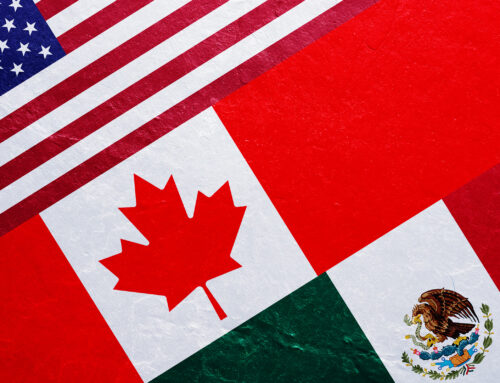by Paul Hunt – President
Your boss gives you a seemingly impossible task: Increase profits by 12.5%. How do you respond? Some managers might spend a great deal of time trying to persuade the boss to reduce her expectations. A more productive response would be to improve management of prices by just 1%.
If the average company captured 1% more in price, without any change in volume and costs, profit would climb by a whopping 12.5%.
Pricing is the single most powerful lever a company has for boosting profitability. Yet, most organizations devote much more time and effort to cost-cutting than to pricing.
Moving Away From Cost Plus Pricing
So if pricing has such a dramatic impact on the bottom line, why do so many companies spend so much of their time on other initiatives? Because most executives believe that prices are driven by the market, and that they have very little control over them. Many find it more comfortable to set prices based on cost plus a percentage for profit, rather than conducting the research to determine the value of their organization’s product or service, and the price that it can command. As a result, companies engage in “fire-fighting” with price, responding to competitive situations, addressing customer-service shortfalls, driving short-term volume gains — the list goes on and on.
But despite all this, these executives still believe that they are good pricers! They think their years of experience have equipped them with the insight they need to make the best possible decision. Not likely.
There is always room for improvement.
Take, for example, the chief marketing officer of an $8-billion chemical business. With 25 years of experience under his belt, he had been pretty successful. But he eventually discovered that he knew very little about pricing. What caused him to see things differently? The Spanish division of the company had undertaken a pricing-improvement initiative that delivered amazing results. The CMO heard about it and invited the team to present the initiative at head office. That’s when he realized that many of his assumptions about pricing were out of date; the discipline had evolved, but he had not. “I thought I knew pricing, but now I realize I didn’t know much at all,” he concluded.
That perspective would be true for most executives. Pricing can be approached much more rigorously now than in the past. Advanced analytics and research methods enable companies to control and optimize pricing in ways that were not possible even as recently as 10 years ago.
Strategic Pricing
There are many things you can do to enhance pricing within your organization. Since Rob’s revelation, he instituted a global pricing excellence initiative that is delivering double-digit profit improvements. There are many public examples of companies that have undertaken strategic pricing initiatives to their shareholders’ benefit. In the case of Parker Hannafin, a $10-billion industrial company, applying a more rigorous approach to pricing fuelled a dramatic growth in profit, from $130-million in 2002 to $673-million in 2006.
Clearly, pricing is an area of low knowledge and high opportunity for most businesses. If you want to take action, how do you get started? Our experience has shown that cleaning up discounts with existing customers offers the greatest potential for most businesses.
Three truisms undermine pricing effectiveness in organizations:
- – It is not the best customers who get the best price; it is the best negotiators.
- – Most salespeople negotiate price more aggressively internally than they do externally.
- – Companies are not sure of the rationale behind prices because they tend to drift over time.
Consequently, pricing is all over the place. Most companies would be embarrassed if their prices were made public. There are tremendous inequities in their pricing, and many bad decisions have been made with very little analysis and rigour.
By taking a look at discounting and applying a policy-based approach, most companies can drive a minimum of 1%-2% improvement in pricing. And that, we know, translates into a 12.5% improvement in profits.
Knowing this, when the boss asks for an increase in profits of 12.5%, the best strategy for success is to take a hard look at your business’s pricing strategy.
Read more at The Financial Post.





